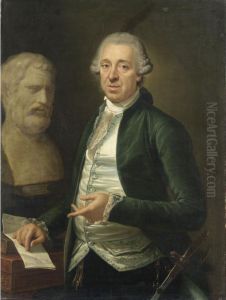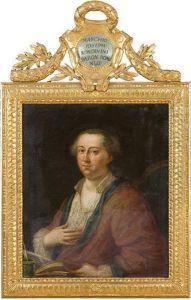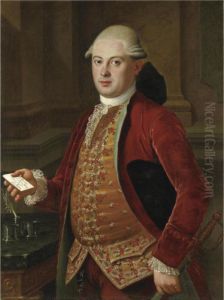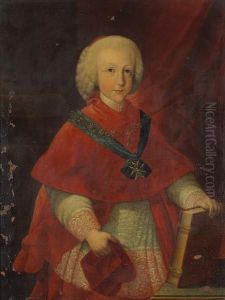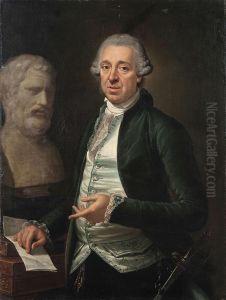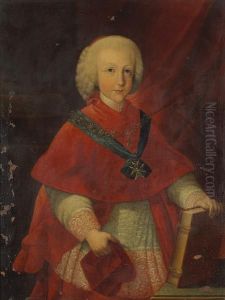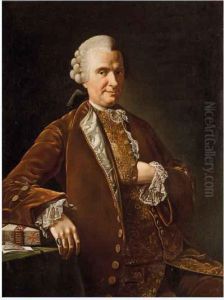Tommaso Pietro Labruzzi Paintings
Tommaso Pietro Labruzzi, also known as Tommaso Labruzzi or Thomas Labruzzis, was an Italian painter and draughtsman born in 1755 in Civita Castellana, a town in the province of Viterbo in the region of Lazio, Italy. He was primarily known for his work in the neoclassical style, which was the predominant artistic movement of his time, characterized by an interest in classical art and culture, simplicity, and elegance.
Labruzzi studied under the guidance of the esteemed artist Domenico Corvi, who was a prominent painter of the late Baroque and early Neoclassical periods. Under Corvi's tutelage, Labruzzi honed his skills and developed a keen eye for classical forms and compositions, which would later be evident in his own work.
In the 1780s, Labruzzi gained significant recognition for his series of drawings depicting the journey of the German archaeologist and art historian Johann Joachim Winckelmann. Winckelmann, often considered the father of modern archaeology and art history, had traveled to Italy to study its ancient art and culture. After Winckelmann's tragic murder in 1768, Labruzzi was commissioned to illustrate his travels posthumously. This work, titled 'Viaggio Pittorico dalla Roma a Napoli' (Pictorial Journey from Rome to Naples), consisted of over 200 drawings and earned Labruzzi a great deal of acclaim for its detailed portrayal of the Italian landscape and ancient Roman ruins.
Despite his success with the Winckelmann series, there is limited documentation on the full breadth of Labruzzi's artistic career. He is known to have produced a number of other paintings and drawings, many of which were inspired by classical mythology and history, but his oeuvre is not as well documented or studied as that of his contemporaries.
Tommaso Pietro Labruzzi died in 1806 in Rome. Although he is not as widely remembered as some of his neoclassical peers, his work remains a valuable example of the artistic trends and cultural interests of late 18th-century Italy, especially in the realm of drawing and illustration.
